|
The U.S. in 1804 1803: The Preparation 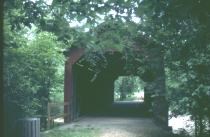
The members of the Lewis and Clark Expedition came from a variety of backgrounds. Many were born in the original Thirteen States on the East Coast, and then migrated to the interior states of Kentucky and Tennessee. The life they knew on the East Coast and in the Ohio River Valley was very different from what they would encounter while on the expedition. Covered bridges like this one were common during the era. The cover kept snow and ice off the bridge during the winter months. 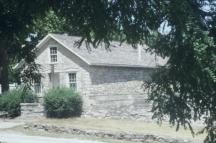
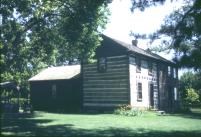
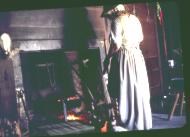
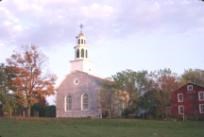
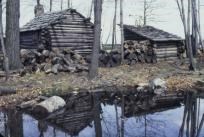
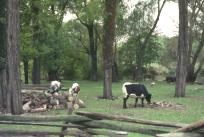
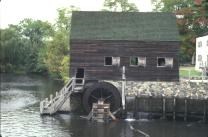
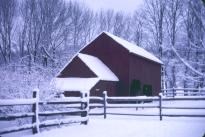
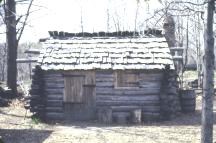
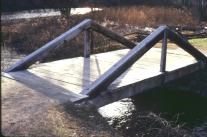
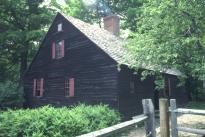
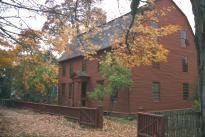
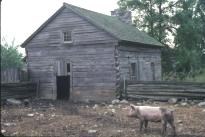
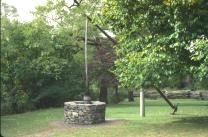
Professions and Trades of the Lewis and Clark Period |
Last updated: April 10, 2015
